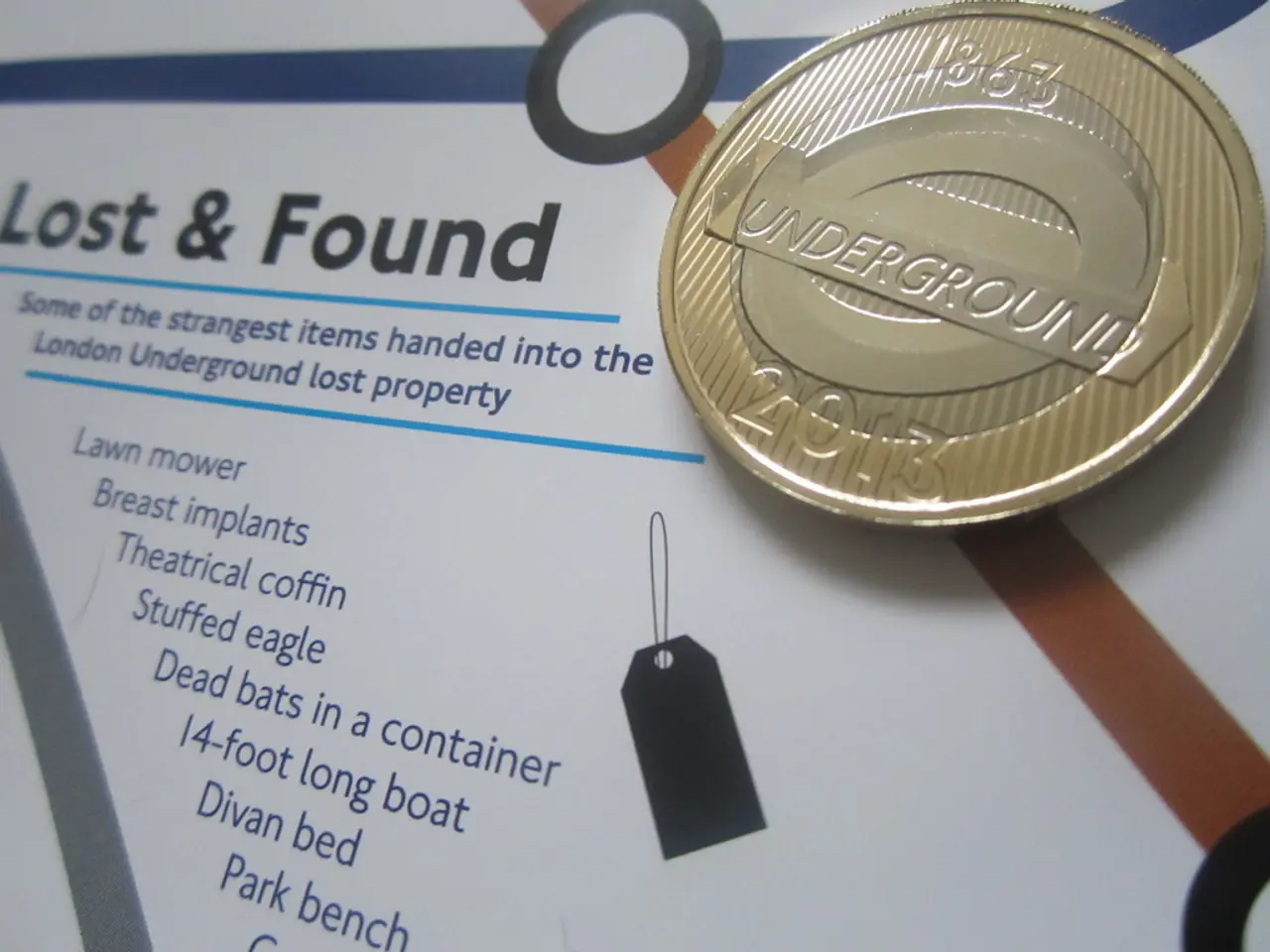Drone-based Package Delivery Service in Operation
NASA's UTM project aims to integrate drones safely and efficiently into low-altitude air traffic, and the agency is collaborating with the industry and the Federal Aviation Administration (FAA) to implement an uncrewed traffic-management system for drone operations. The FAA is also working to authorize drone flights beyond the current one-mile limit.
The FAA's Notice of Proposed Rulemaking (NPRM) issued in August 2025 introduces a risk-based, scalable regulatory structure intended to replace piecemeal approvals and harmonize requirements for routine BVLOS flights. The new rules, Parts 108 and 146, aim to balance safety, scalability, and integration into the national airspace system.
The NPRM proposes limiting BVLOS drone flights to below 400 feet altitude and 87 knots speed, requiring preregistered takeoff and landing sites, and mandating drones to monitor crewed aircraft via ADS-B Out signals and detect-and-avoid systems. In complex or dense airspace, drones must detect all crewed aircraft (even those not broadcasting). Drones will not transmit ADS-B Out but will require standard remote ID systems for location and identification broadcast.
Remote ID requirements aim to enhance security and compliance, but concerns exist regarding the performance of current remote ID systems, prompting proposals to raise performance standards. Additionally, law enforcement authority and coordination with local governments pose challenges for enforcement and land use related to drone operations.
Provisions allow some controlled airspace access with approved strategic deconfliction and automated conformance monitoring service providers, facilitating safer integration. The FAA’s regulatory framework supports routine operations including package delivery, agriculture, aerial surveying, and flight demonstrations, reflecting wide commercial potential.
Sessions at Commercial UAV Expo 2025 emphasize training, operational complexity management, and safe BVLOS mission execution, underlining that technology alone is insufficient without robust operator competence and procedural safeguards.
Drones used in DaaS can be autonomous, semi-autonomous, or under remote control, depending on the application and service. DaaS can be used for creating digital twins of structures like houses or bridges for testing, simulation, and analysis, as well as maintenance. Drones can quickly transport life-saving supplies from hospitals to remote areas during emergencies. Among DaaS's features are rapid deployment, on-demand access, and real-time tracking.
Drones can be used for applications such as agriculture, wildlife conservation, environmental monitoring, and search and rescue operations due to their ability to function remotely and in dangerous areas. Drones equipped with LiDAR sensors and high-resolution cameras can provide detailed information for digital twin creation.
Drones are being used for the delivery of medical supplies, particularly in disaster-affected areas and regions with poor healthcare infrastructure. E-commerce giants like Walmart and Amazon have already been experimenting with drones for delivering items to isolated and rural areas. Drones are lower cost and have advantages over traditional aerial vehicles for data collection and aerial photography.
The FAA requires participating companies in drone delivery operations to adhere to Part 135 certification for drone commercial flights. Amazon is beginning drone deliveries in the West Valley of the Phoenix Metro Area in Arizona, with customers living near the "Same-Day" site in Tolleson able to receive deliveries in less than an hour.
DaaS (Drone-as-a-Service) is expected to significantly grow the global last-mile delivery market, with a projected value of $123.7 billion by 2030. Scholars are exploring drone last-mile delivery using multiple research lenses, including consumer perceptions, drone routing problems, and the impact on sustainability. The automotive industry is also considering the use of drones for package delivery, although further research and development are needed.
In summary, the expanding BVLOS DaaS operations rely on evolving FAA regulations that balance safety, scalability, and integration into the national airspace system, supported by advances in drone detect-and-avoid capabilities, remote ID technology, and collaborative airspace management frameworks.
Technology plays a crucial role in the evolving drone operations, such as the development of detect-and-avoid capabilities and remote ID systems, which are essential for safe integration into the national airspace system.
The growth of Drone-as-a-Service (DaaS) is expected to significantly impact the global last-mile delivery market, with the projected value of $123.7 billion by 2030, demonstrating the potential of technology in revolutionizing delivery methods.




